Government Policies and Incentives
Government policies and incentives aimed at promoting clean energy and reducing carbon emissions are pivotal in shaping the Battery Raw Materials Market. Many countries are implementing regulations that encourage the use of renewable energy sources and electric vehicles, thereby increasing the demand for battery storage solutions. For example, tax incentives for EV purchases and subsidies for battery production facilities are becoming more common. These initiatives not only stimulate market growth but also create a favorable environment for investment in battery raw materials. As governments continue to prioritize sustainability, the Battery Raw Materials Market is likely to benefit from increased funding and support, fostering innovation and expansion in the sector.
Rising Demand for Electric Vehicles
The increasing adoption of electric vehicles (EVs) is a primary driver for the Battery Raw Materials Market. As consumers and manufacturers prioritize sustainability, the demand for EVs is projected to rise significantly. According to recent estimates, the EV market is expected to grow at a compound annual growth rate (CAGR) of over 20% through the next decade. This surge in EV production necessitates a corresponding increase in battery raw materials, such as lithium, cobalt, and nickel. Consequently, the Battery Raw Materials Market is likely to experience heightened activity as suppliers strive to meet the escalating demand for these essential components. The shift towards electric mobility not only influences market dynamics but also encourages innovation in battery technology, further propelling the need for raw materials.
Growing Focus on Recycling and Sustainability
The growing emphasis on recycling and sustainability is transforming the Battery Raw Materials Market. As environmental concerns gain prominence, stakeholders are increasingly recognizing the importance of recycling battery materials to reduce waste and conserve resources. The development of efficient recycling processes can recover valuable materials such as lithium, cobalt, and nickel from used batteries, thereby decreasing reliance on virgin resources. This trend not only supports sustainability goals but also presents economic opportunities within the Battery Raw Materials Market. Companies that invest in recycling technologies may find themselves at a competitive advantage, as they can offer more sustainable solutions while addressing the rising demand for battery raw materials.
Supply Chain Challenges and Resource Scarcity
Supply chain challenges and resource scarcity are significant factors influencing the Battery Raw Materials Market. The extraction and processing of essential materials such as lithium and cobalt are often fraught with geopolitical risks and environmental concerns. As demand surges, the competition for these finite resources intensifies, leading to potential shortages and price volatility. Reports indicate that certain regions are experiencing difficulties in meeting the growing demand, which could hinder the growth of the Battery Raw Materials Market. Companies may need to explore alternative sourcing strategies or invest in recycling technologies to mitigate these challenges and ensure a stable supply of raw materials.
Technological Innovations in Battery Production
Technological advancements in battery production are reshaping the Battery Raw Materials Market. Innovations such as solid-state batteries and improved lithium-ion technologies are enhancing energy density and safety, which in turn drives demand for specific raw materials. For instance, the development of solid-state batteries may require new materials that are not traditionally used in current battery technologies. This evolution in battery design could lead to a shift in sourcing strategies for manufacturers, impacting the supply chain dynamics within the Battery Raw Materials Market. Furthermore, as manufacturers invest in research and development, the need for high-purity materials becomes increasingly critical, potentially leading to a more competitive landscape among suppliers.


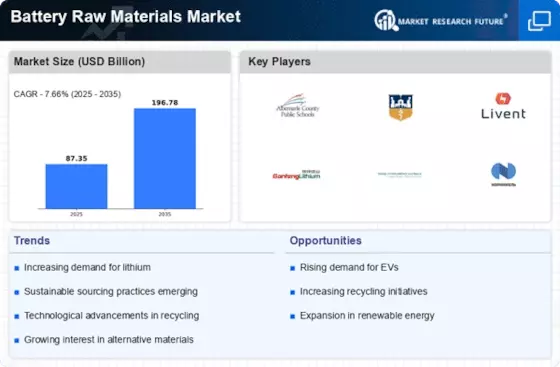
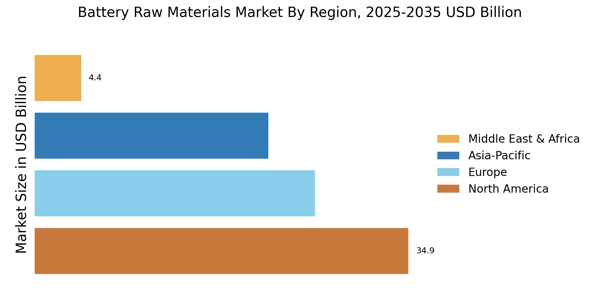

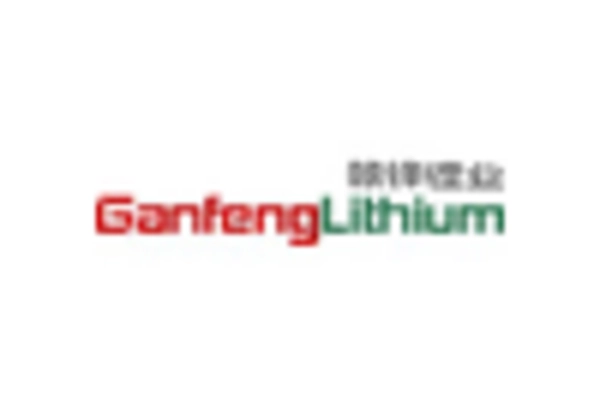
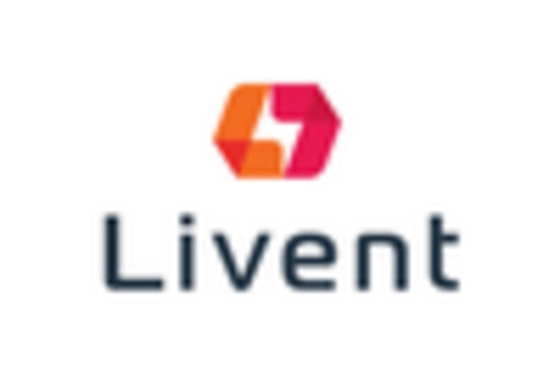
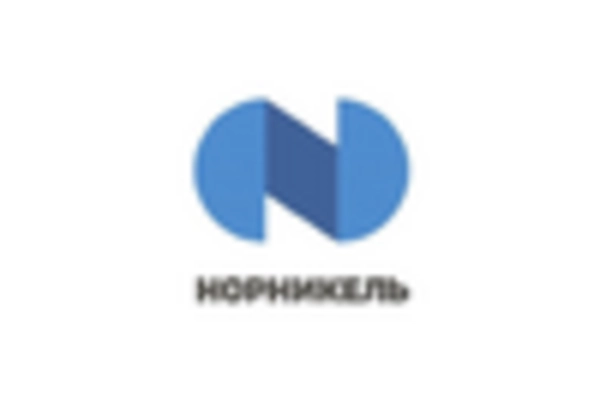

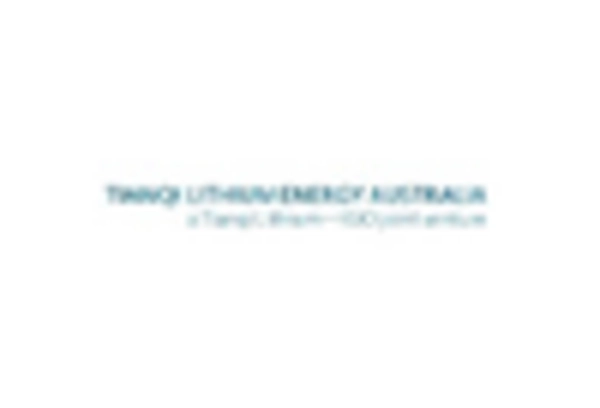








Leave a Comment